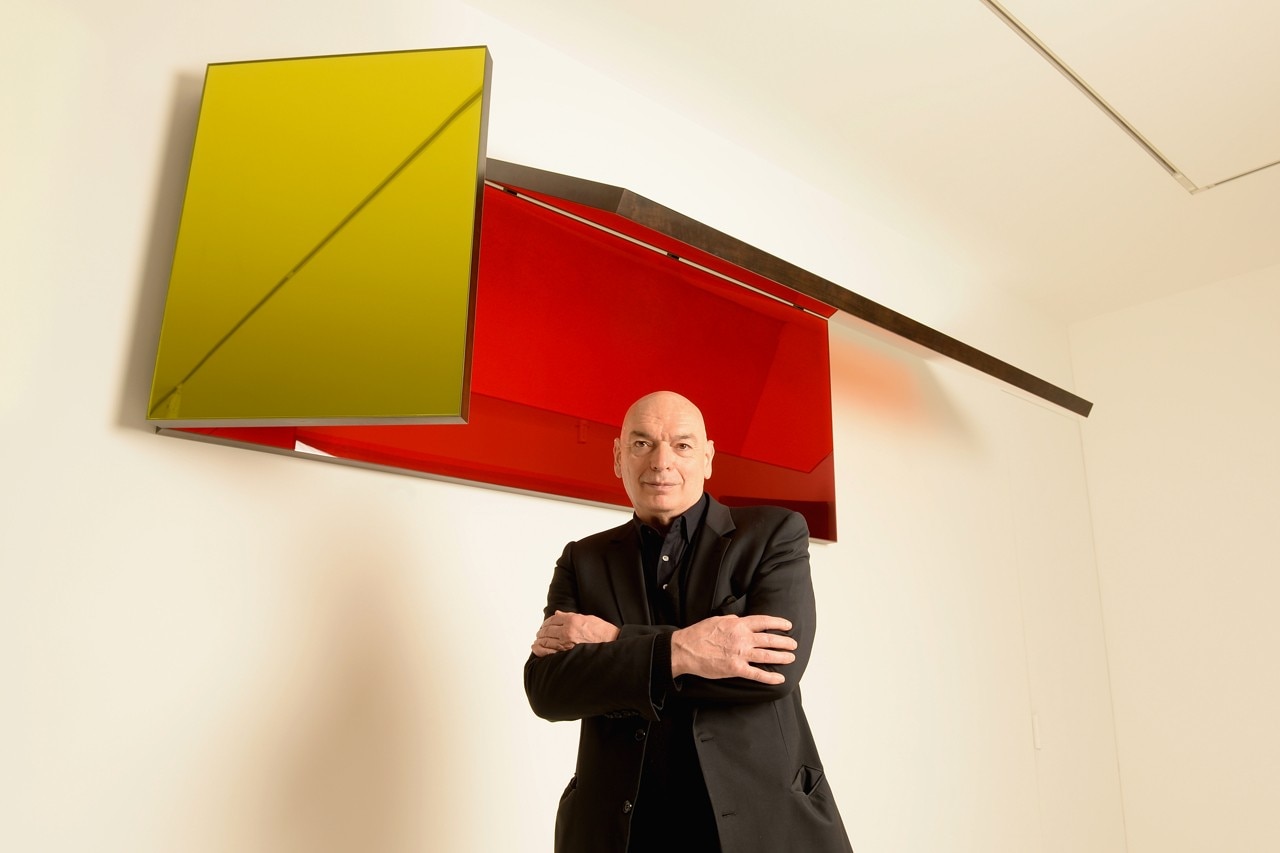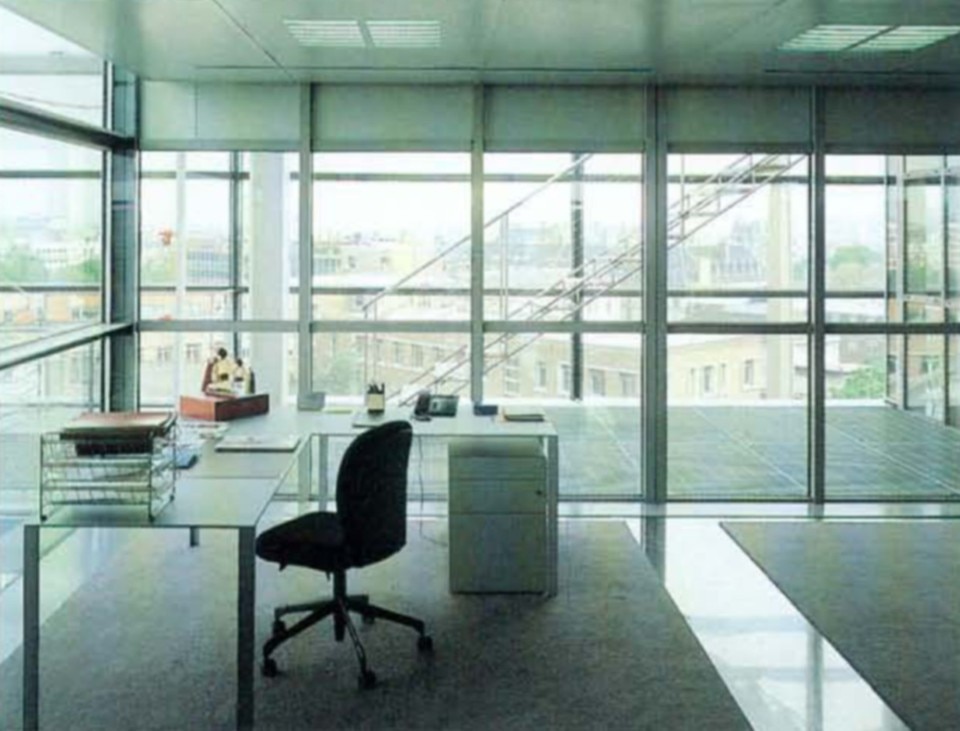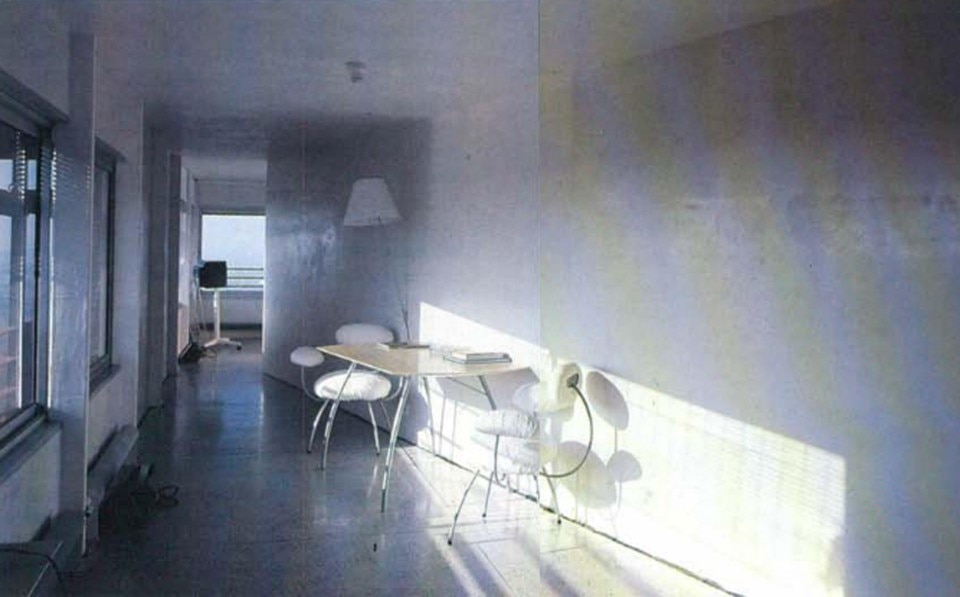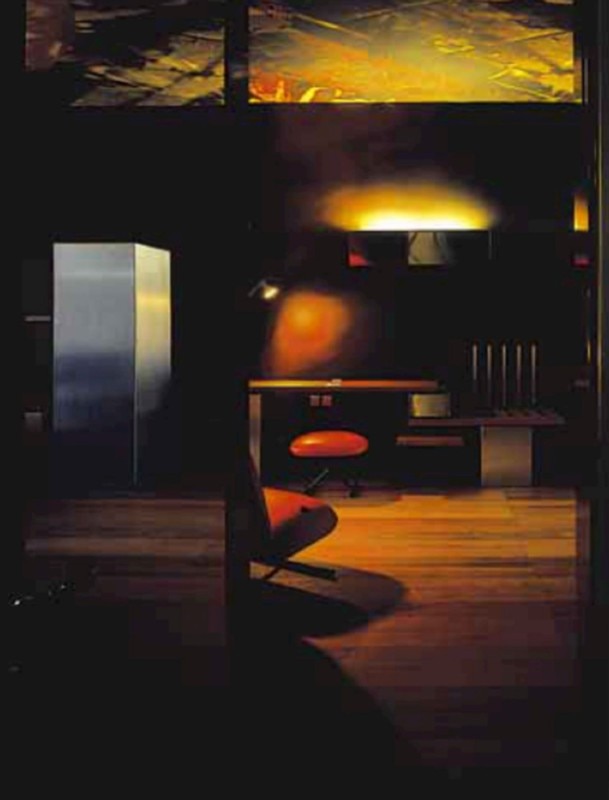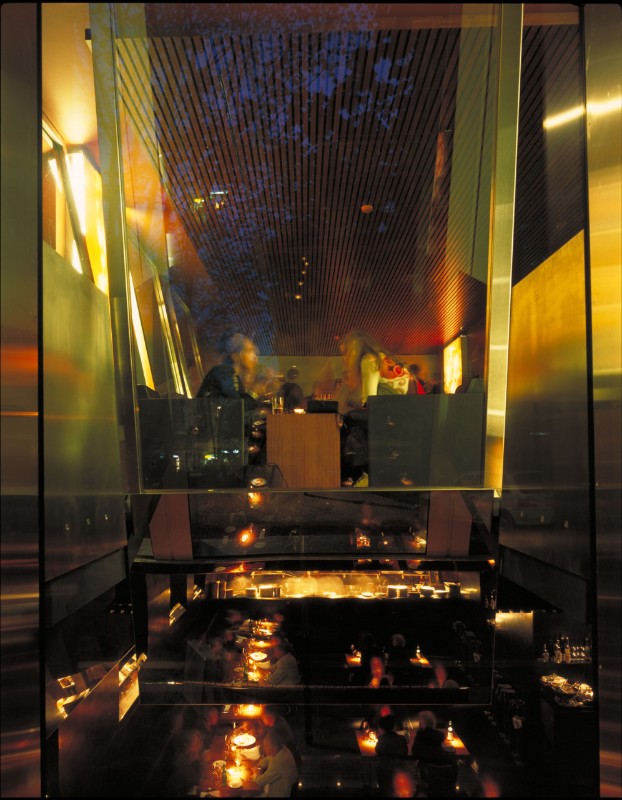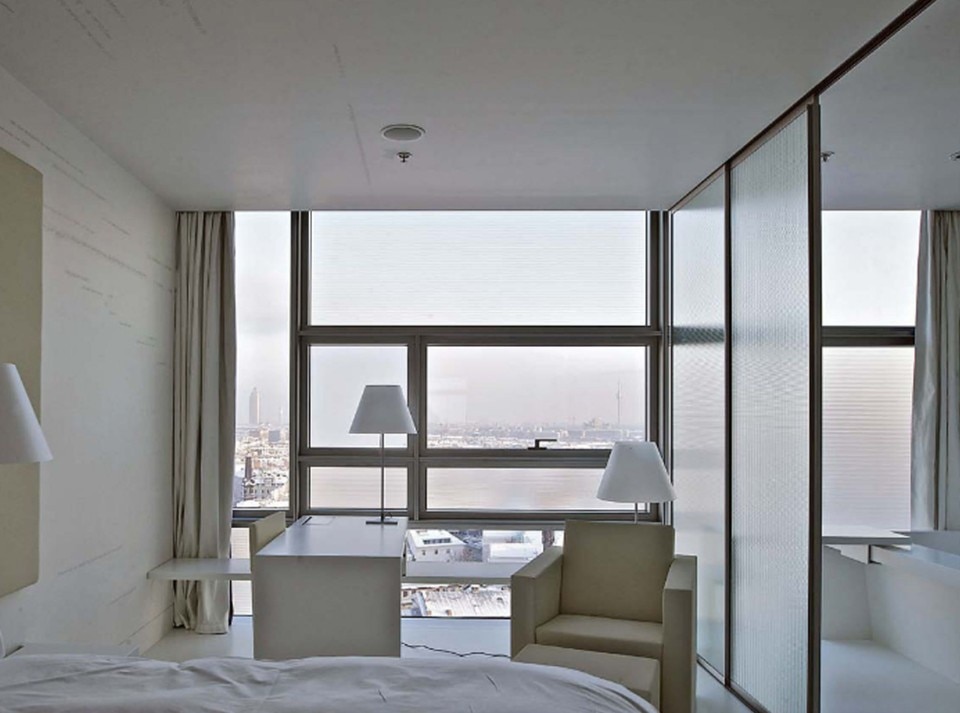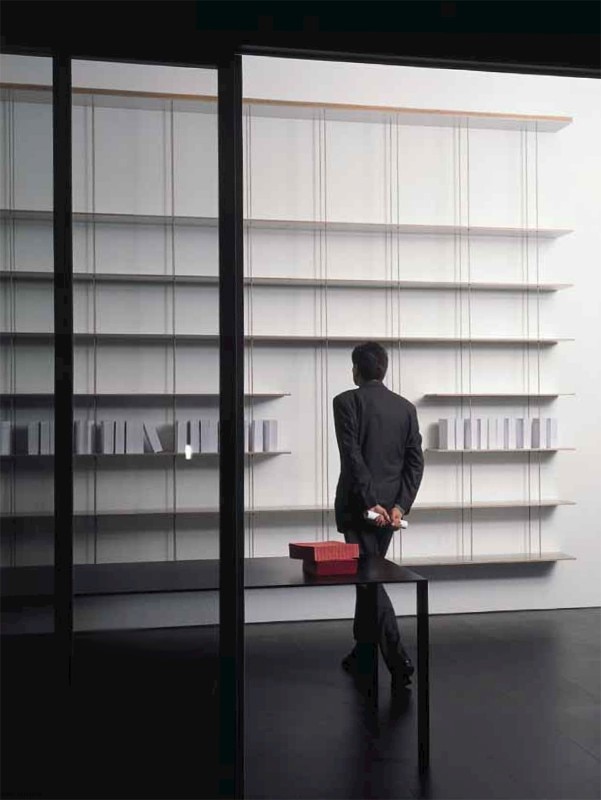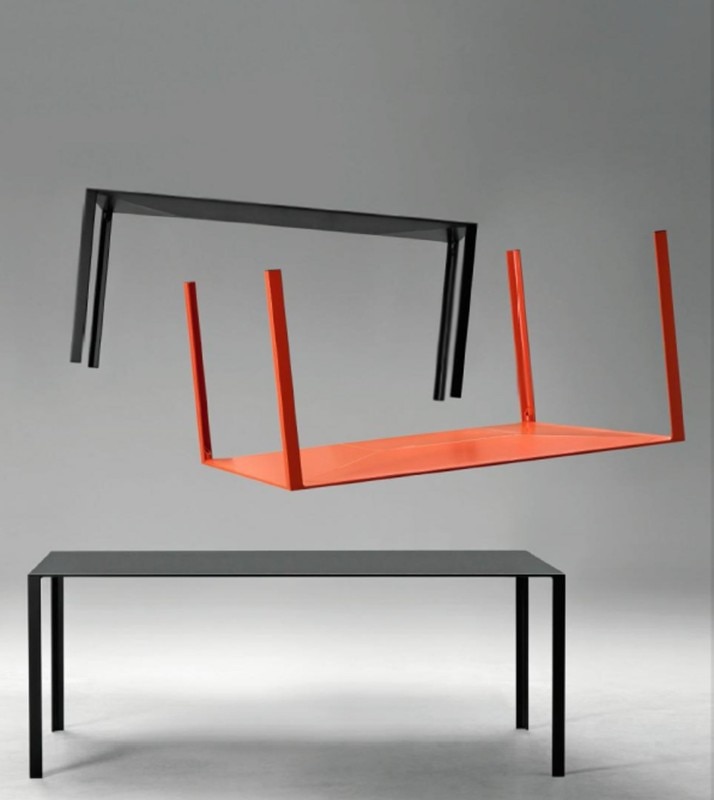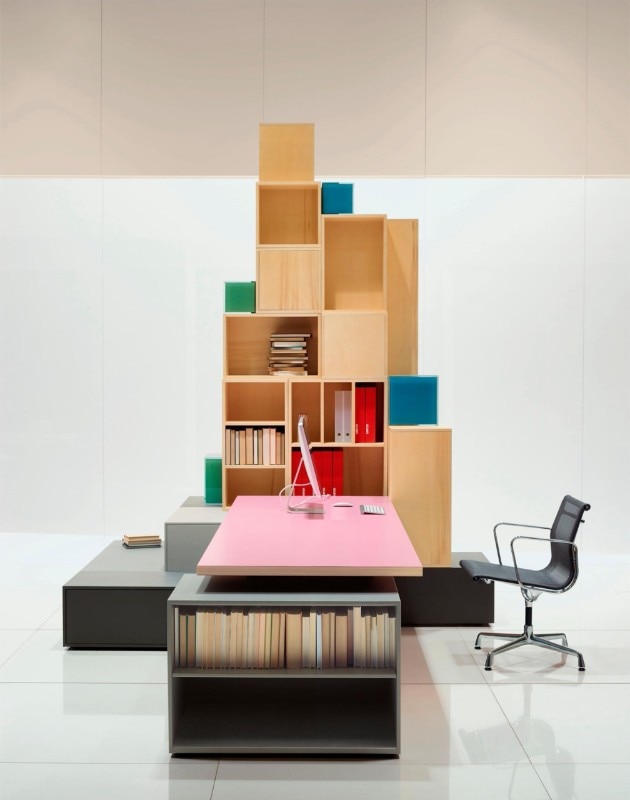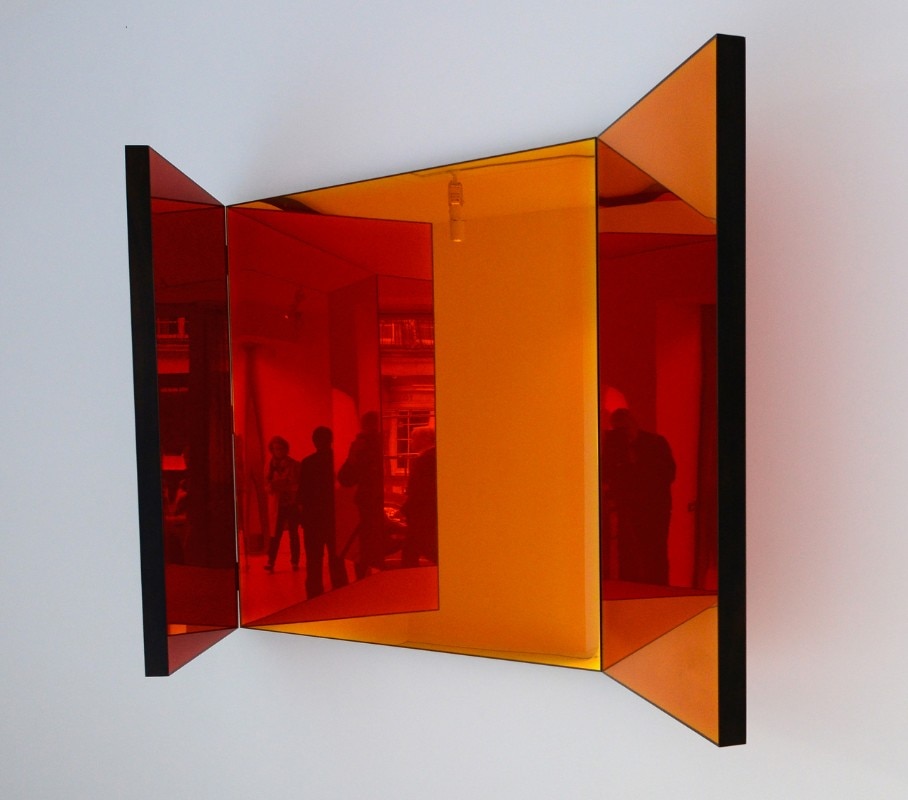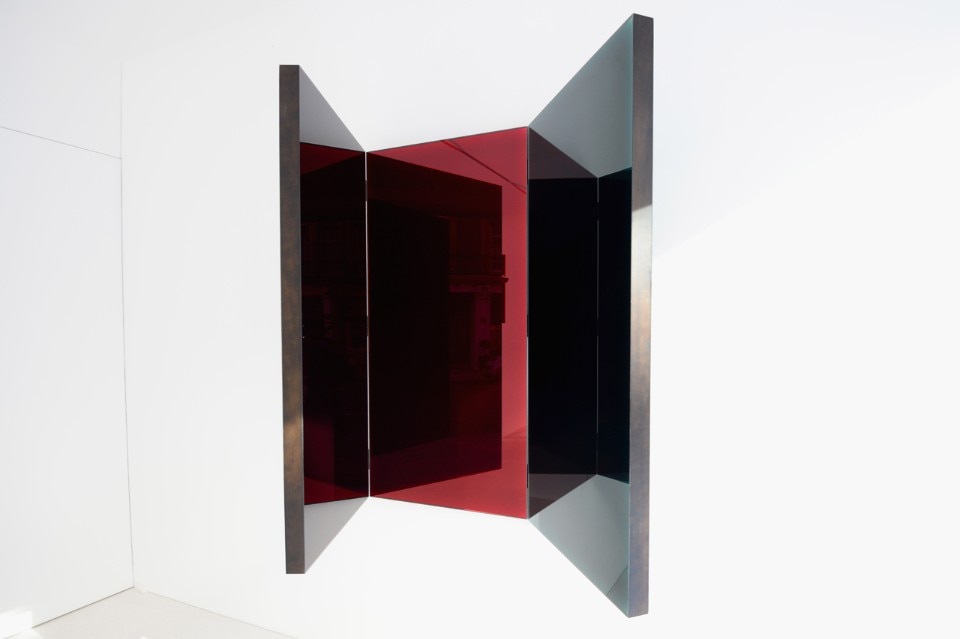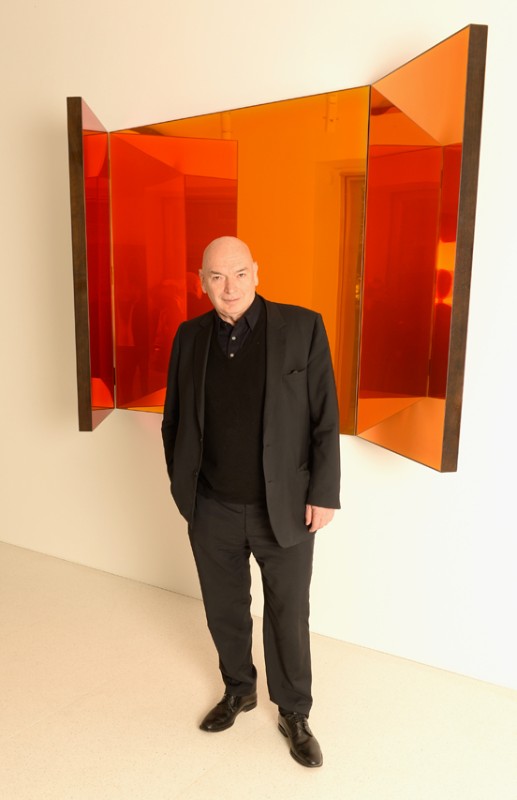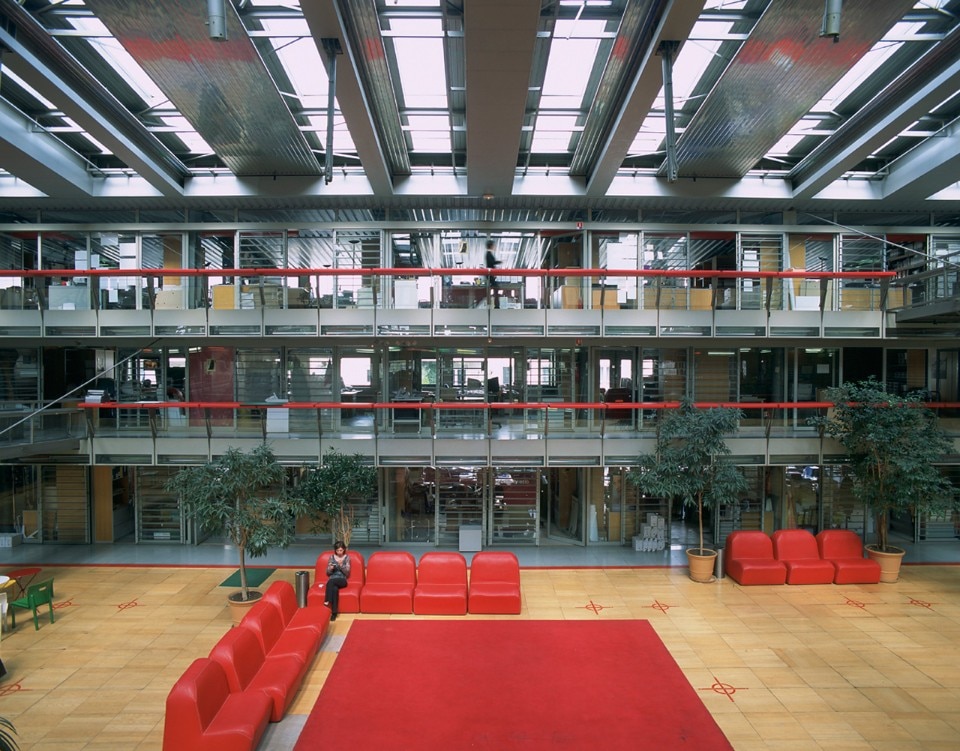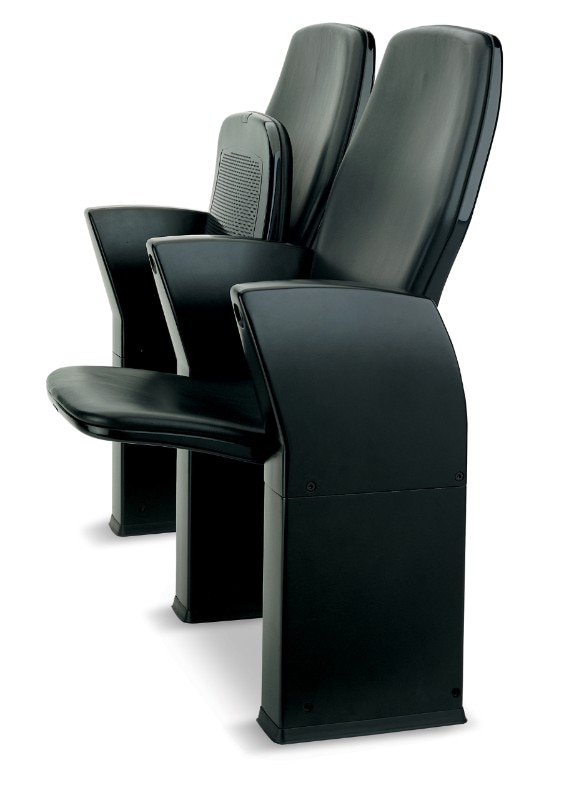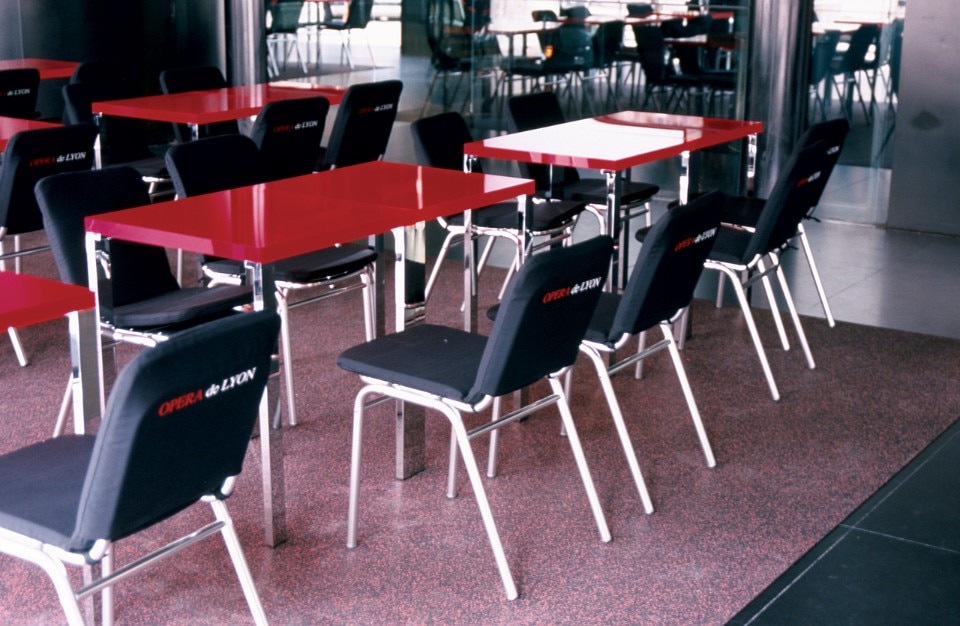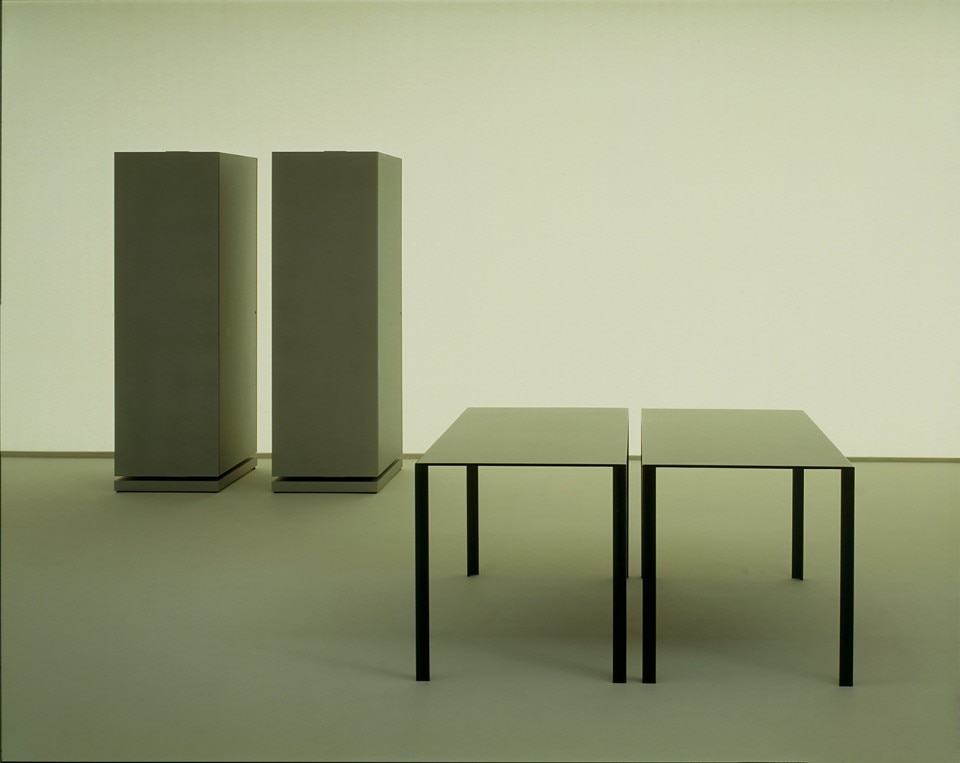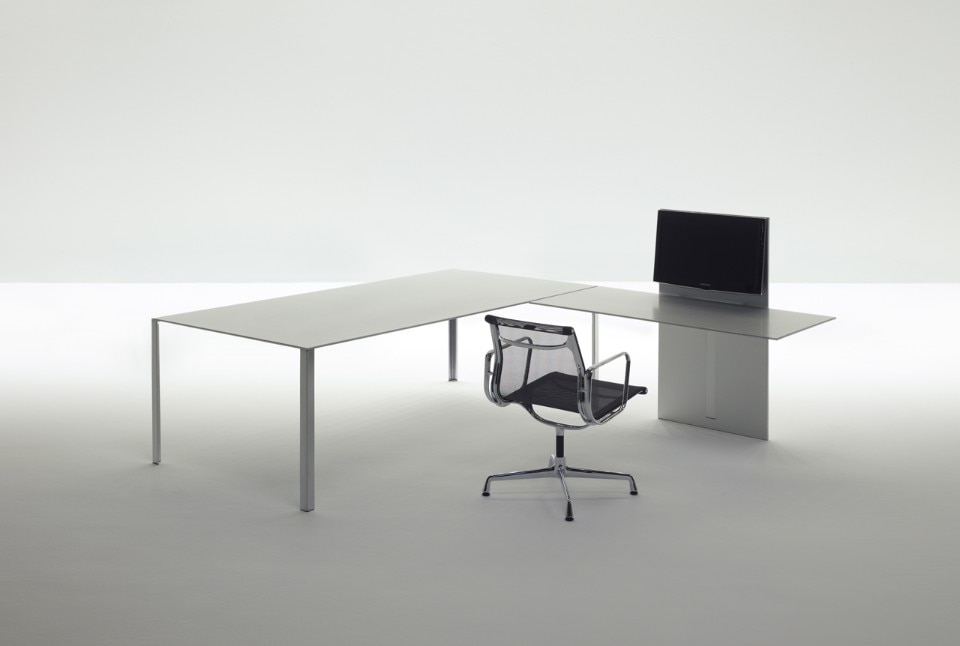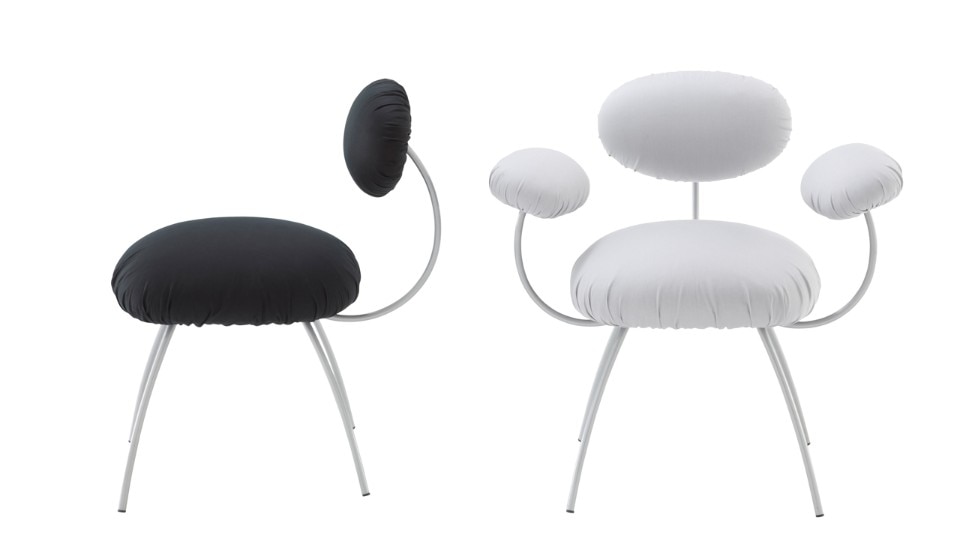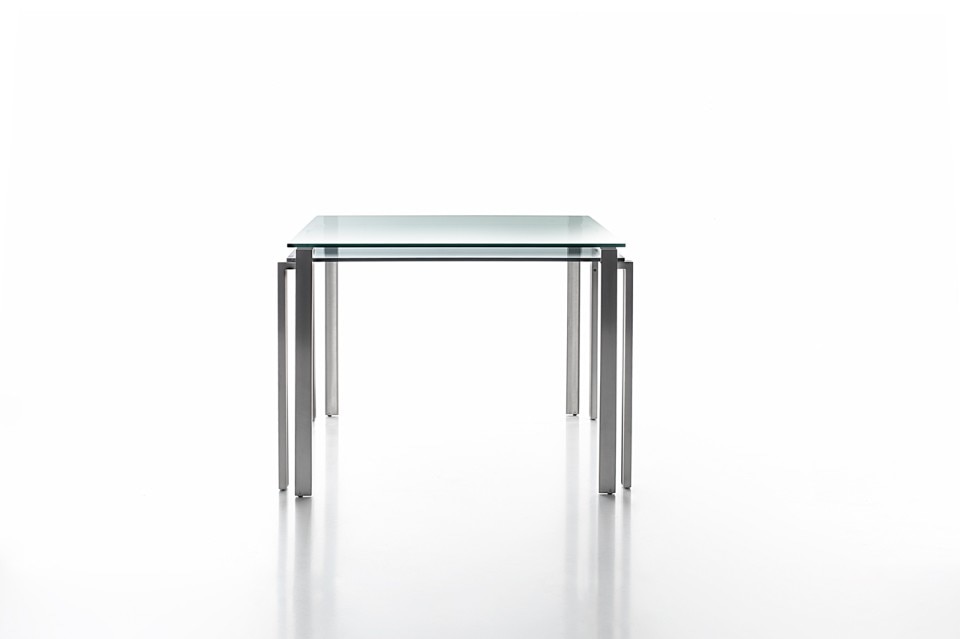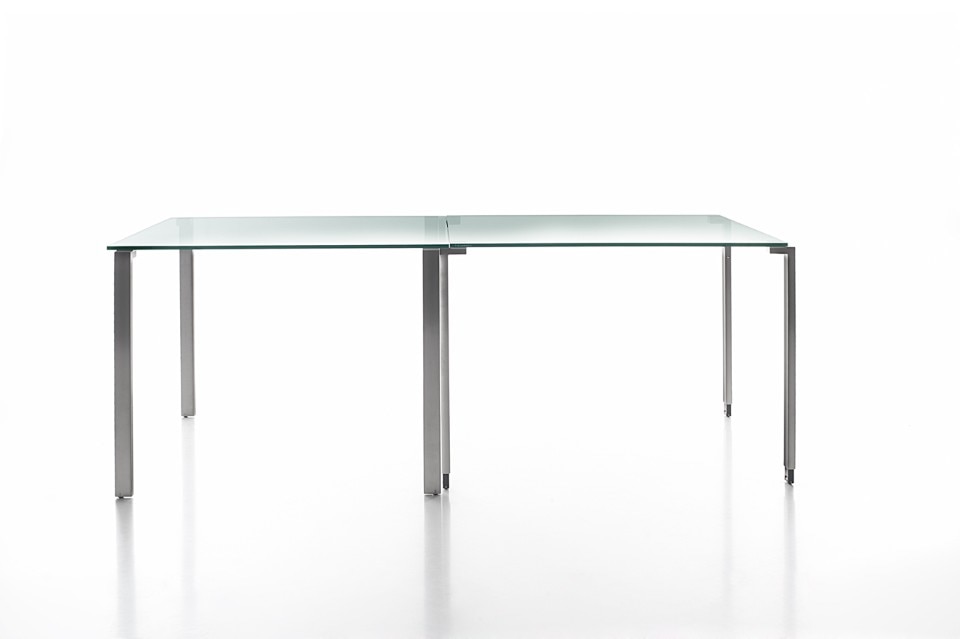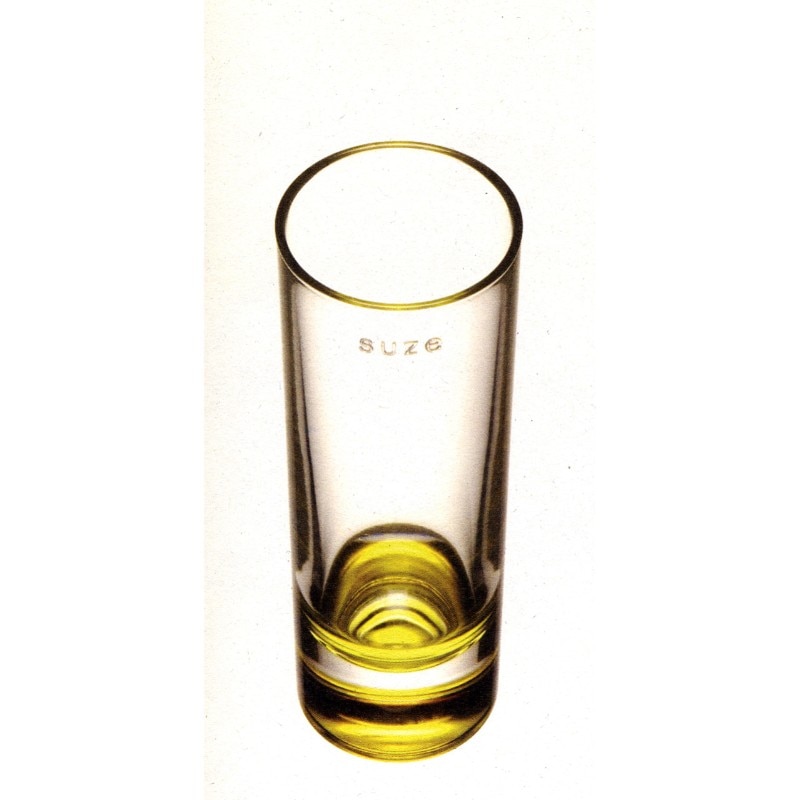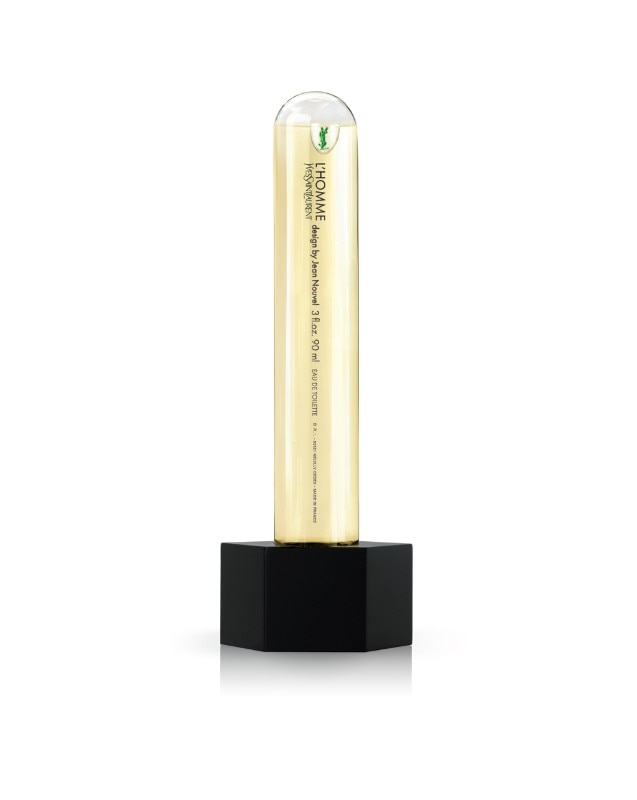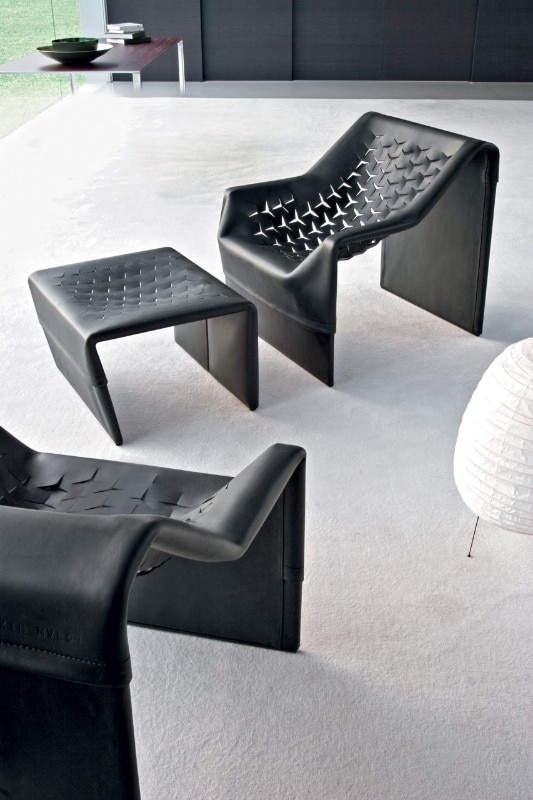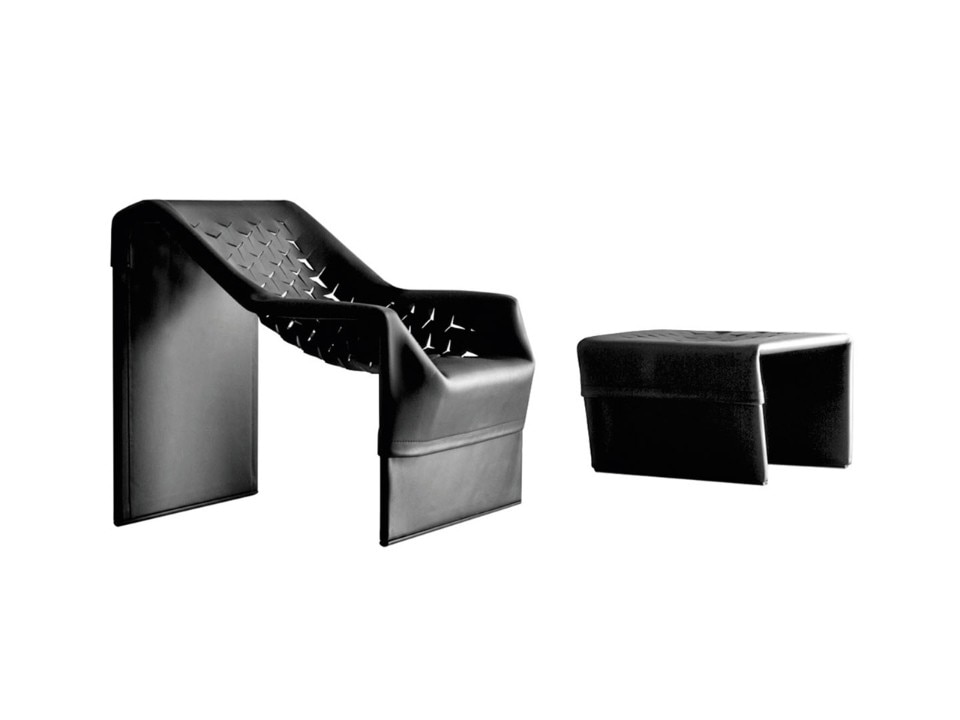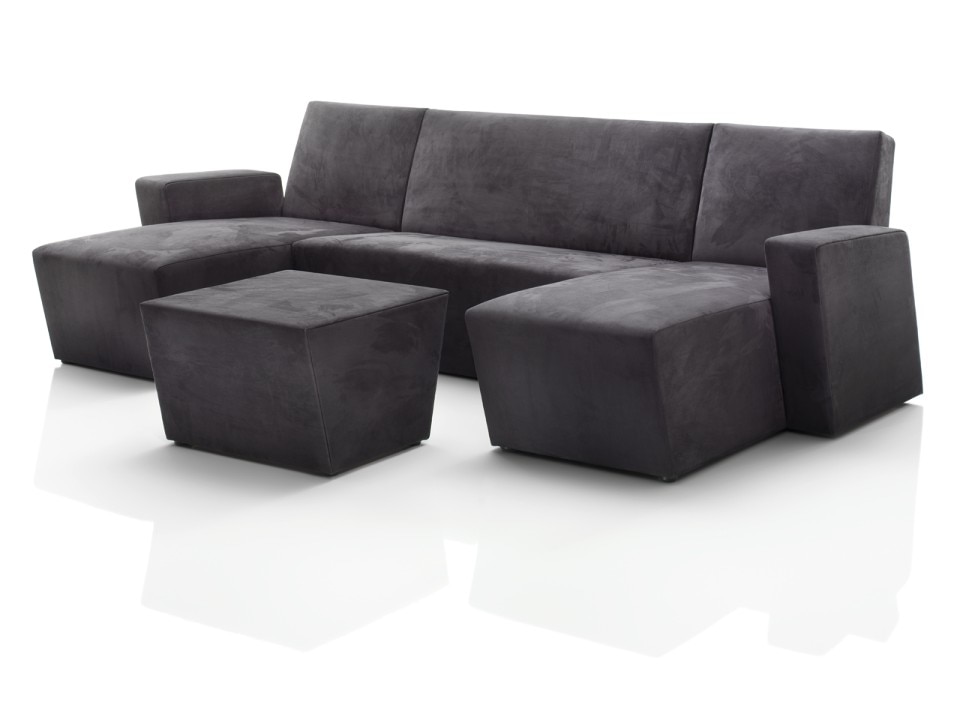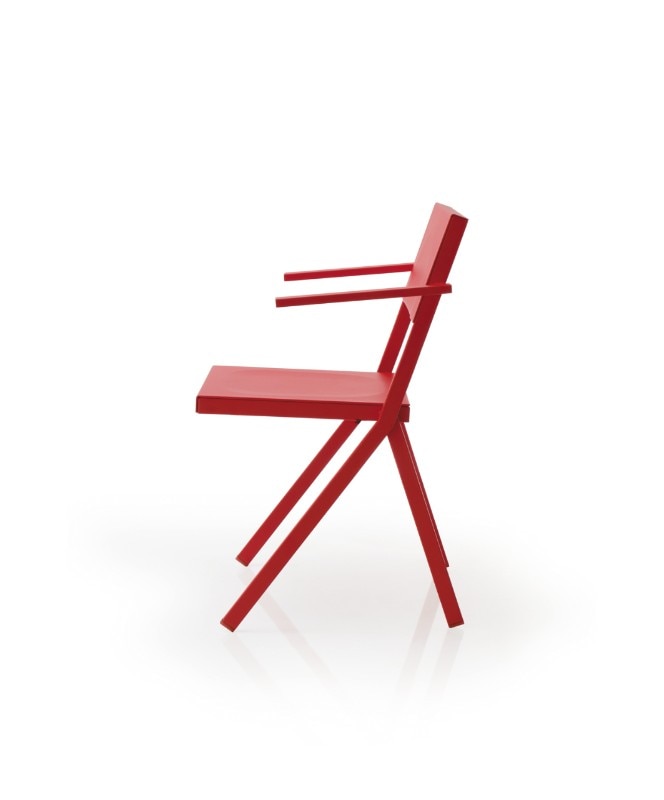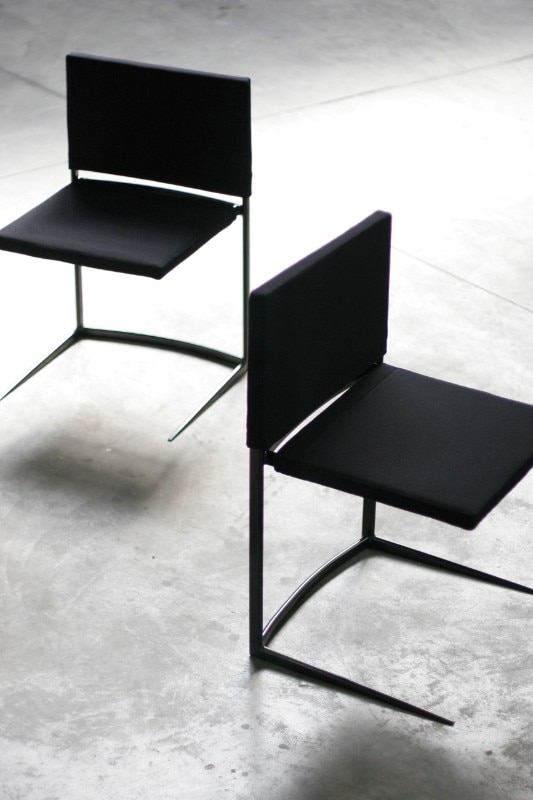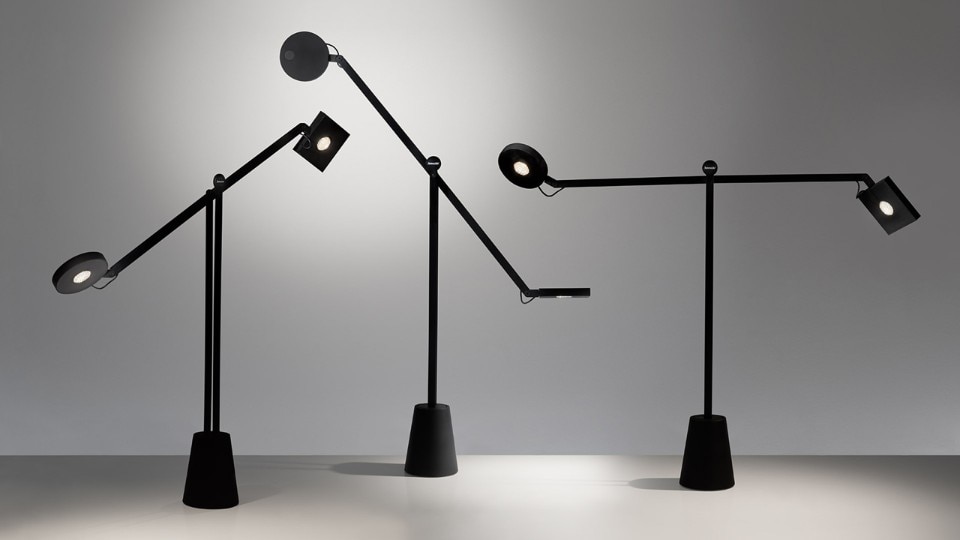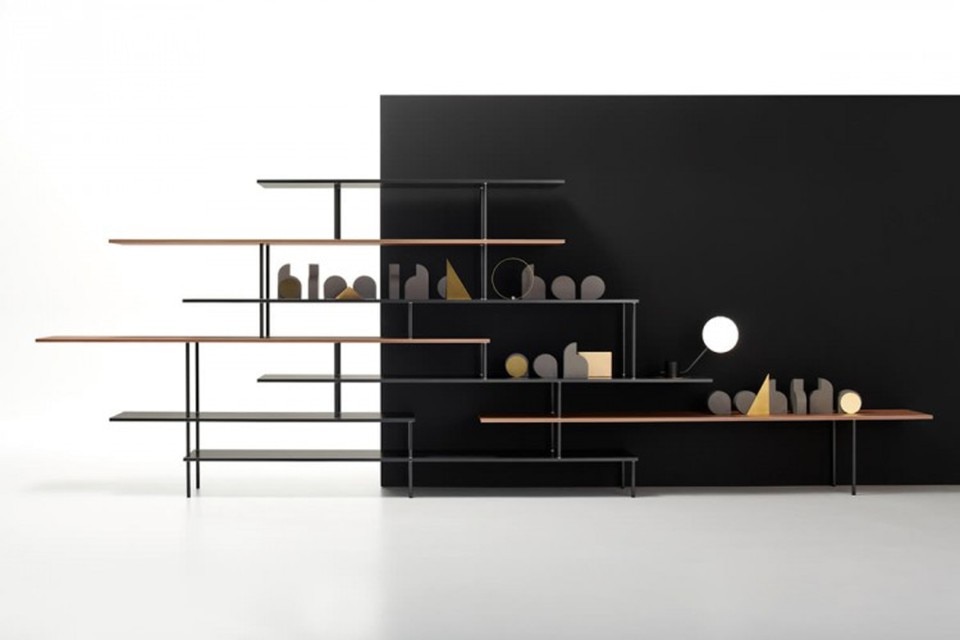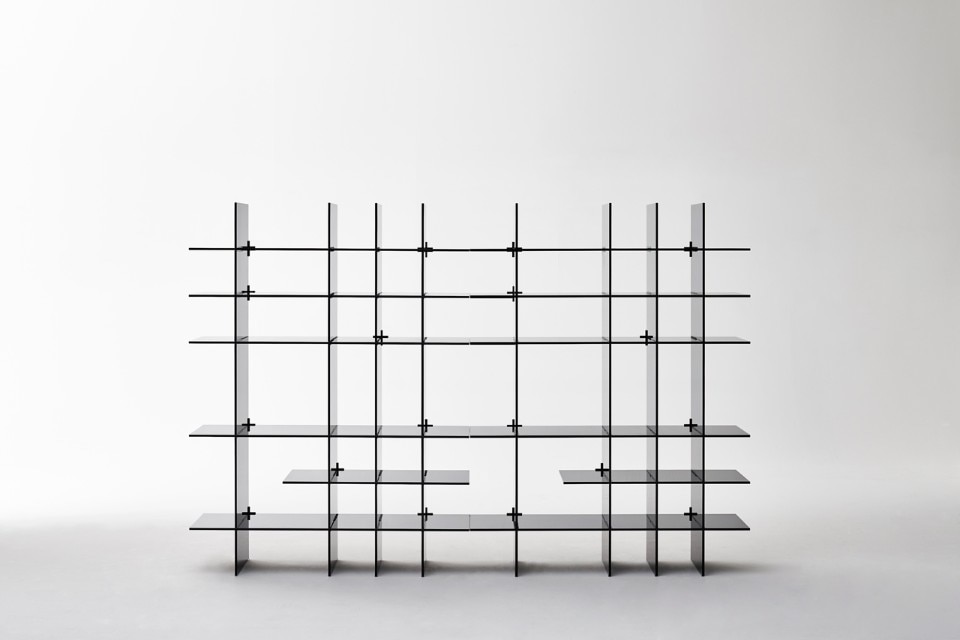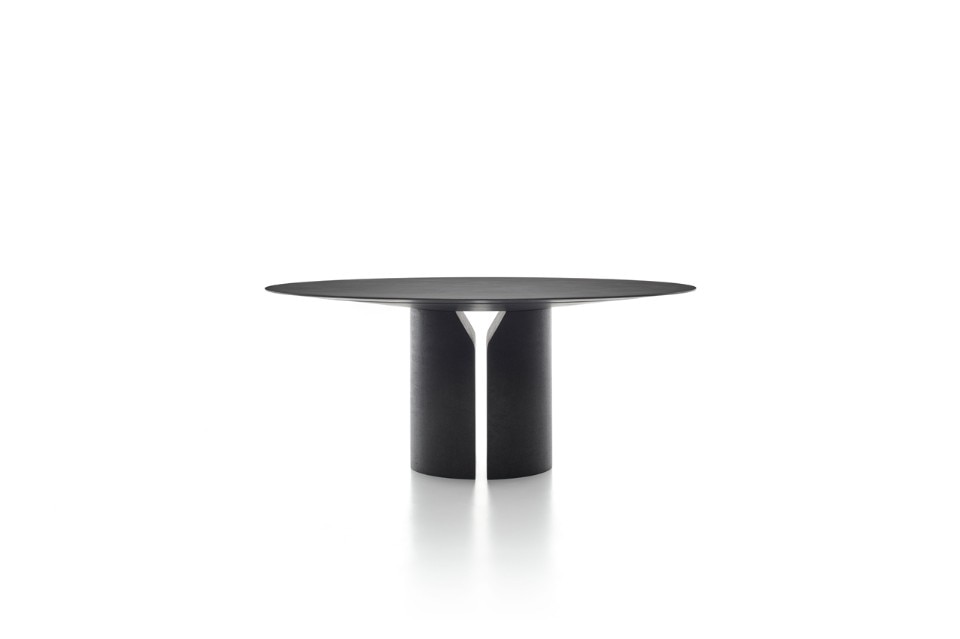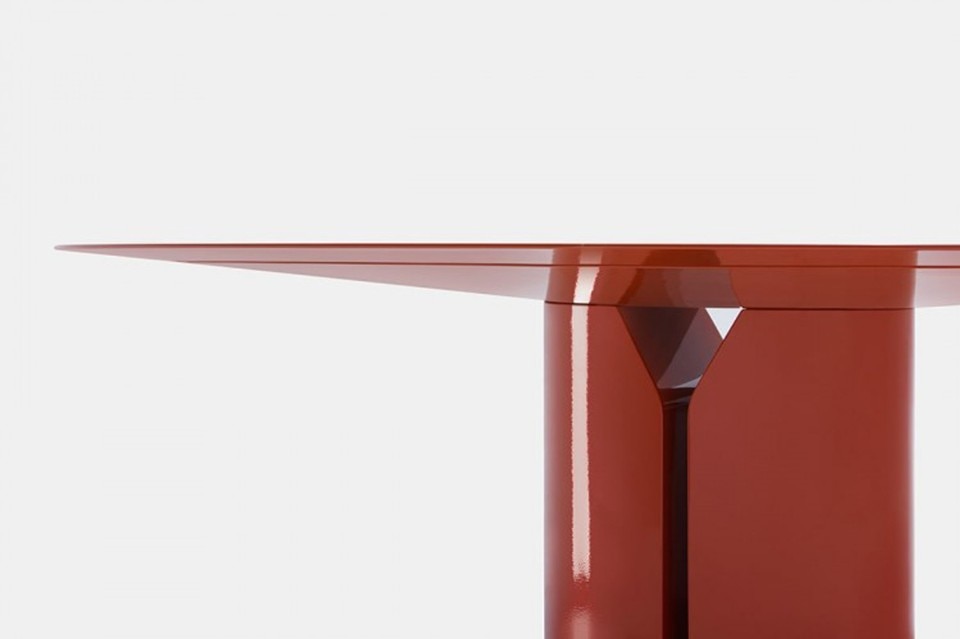As we enter the auditorium of the Institut du Monde Arabe in Paris, once through the large hypostyle hall, we found ourselves seated on some really unusual seats, which soon reveal their origin: they are the seats of the Renault 25, a symbol on wheels of the new wave of Mitterrandian France, as the Institut was in terms of architecture, along with its “fellow” buildings that punctuated the Parisian geography of the 1980s Grands Projets. Same city, not too far away: entering the offices of Fondation Cartier, the transparency of the interior spaces recalls that of the slender mullions and glazed facades filtering the garden and the street, and such effect is mediated by the slim, prismatic legs, the apparently two-dimensional surfaces of the Less tables, developed specifically by Jean Nouvel for the Fondation’s project.
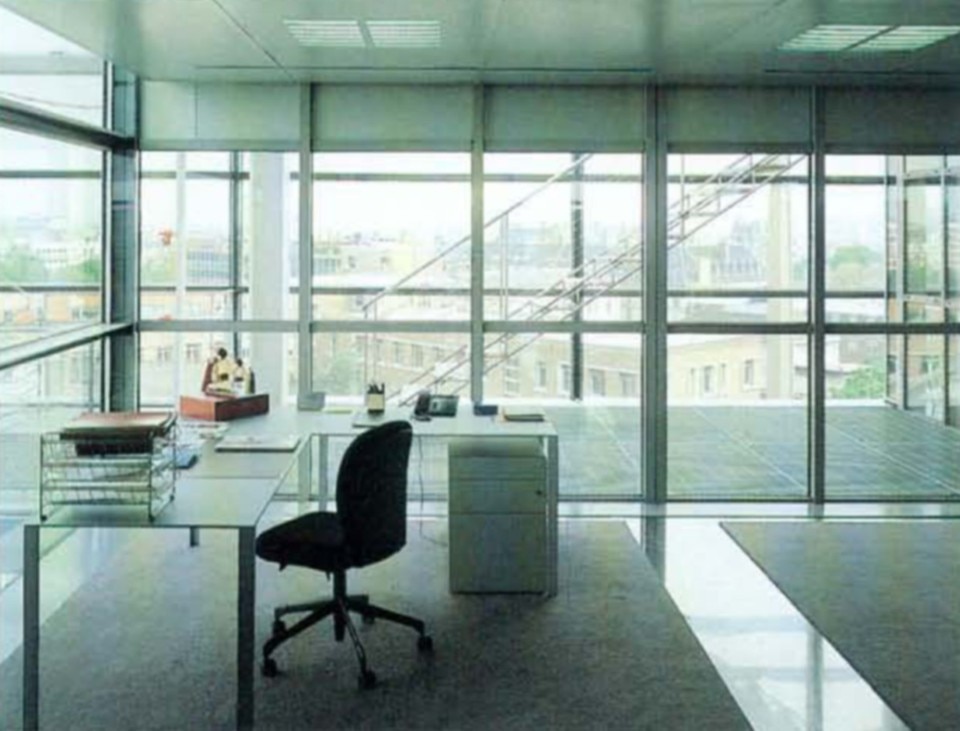
These two images can help us to describe – the former through the curatorial choice of an existing object, the latter through a design choice – Jean Nouvel’s approach to design: a balance between poetic instances and a deep pragmatism, valorizing function and matter, which is translated over the last four decades into the origination process of more than 100 pieces, each episode almost always linked to a specific architecture, for which the individual piece was conceived. It is the genesis of what Nouvel calls “small architectures for interiors”, whose form is “easier to adapt when distanced from the (architectural) discipline”, finding in the realm of product design greater chances to advance ideas than it would happen to professionals when working at the scale of the building.
This is the story of the Less table, created in 1992 for Fondation Cartier; it is, albeit in the opposite direction, the story of the 1988 sweater created for Jardin des Modes, derived from the evanescent geometries of the project for the Grande Arche de la Défense; but most of all it is the story of a vast multiplicity of objects created in collaboration with major brands, starting from the close exchange with entrepreneur Piero Molteni – head of Molteni&C and its office furniture branch, UniFor – and soon consolidating in the creation of the Jean Nouvel Design unit in 1995.
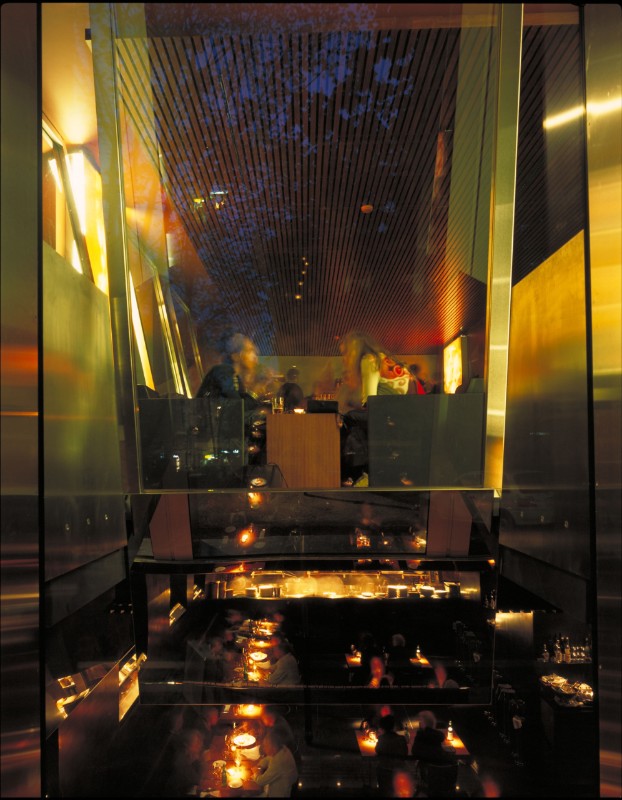
In this way, the 1992 project for the new headquarters of the CLMBBDO advertising company in Issy-les-Moulineaux gave birth to the Mass seats by Tecno, inspired by boxing gloves and marked by industry-inspired straps; the same way, for the Lyon Opéra in 1993 the seats by Figueres and the Lyon tables by Zeritalia were conceived. A highly technical dialogue becoming figurative – between metal structures and abstract, coloured geometries in the Saint James tables and chairs by Ligne Roset, for instance – is always linked to the composition principles of architecture, and continues in this way over the decades, as witnessed by objects such as the Vienna sofas created in 2011 for the Sofitel Stephansdom hotel and produced by Wittmann.
This connection of principles is as fundamental as it is simple, as Nouvel told Domus back in 2010, in conversation with Stefano Casciani:
“In design, I am a modern-day user, like everyone else. I sit on a chair and use a table like everyone else, I want to make objects that represent a personal satisfaction. Maybe that’s an egotistic approach, but I think that’s the way design should be”.

 View gallery
View gallery
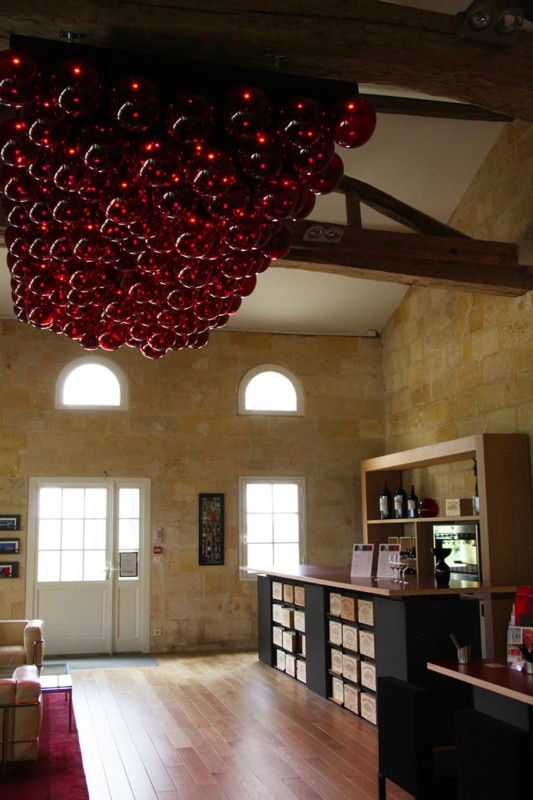
Lustre Château la Dominique – (Unique piece), Jean Nouvel Design, Artemide © Odile Fillion

Lustre Château la Dominique – (Unique piece), Jean Nouvel Design, Artemide © Odile Fillion
There is a linearity of process, which then translates into a linearity and elementarity of solutions and forms: the 1 = 2 table for Zeritalia (now Cassina), which doubles up by extending the legs of a retractable element; the structural nature of the wood-and-metal system in the recent Super-positions for MDF Italia, of the steel tie rods suspending the shelves of Graduate (Molteni, 2002) to the top shelf, of the linear balance defining the Equilibrist lamp; or the simplicity of shapes leaving the floor to the character and potential of materials in the seven different types of wood in which the Essences modules for Rouchon are presented, or in the single piece of perforated leather of the Skin seats by Molteni, or the red-lacquered monoliths supporting the recent NVL Table for MDF Italia.
Such reflection trajectory has stretched over the years to encompass different scales and fields of product design, extending research lines like the one connecting domestic objects to urban scale, re-inaugurated by Alessi in the 1980s with the Tea and Coffee Piazza in the 1980s; by giving the suggestion of a constantly full glass through the coloring of the 2002 Suze aperitif glass; by bringing virility and vulnerability into dialogue in the allusive and diaphanous forms of the bottle for L’homme by Yves Saint Laurent.
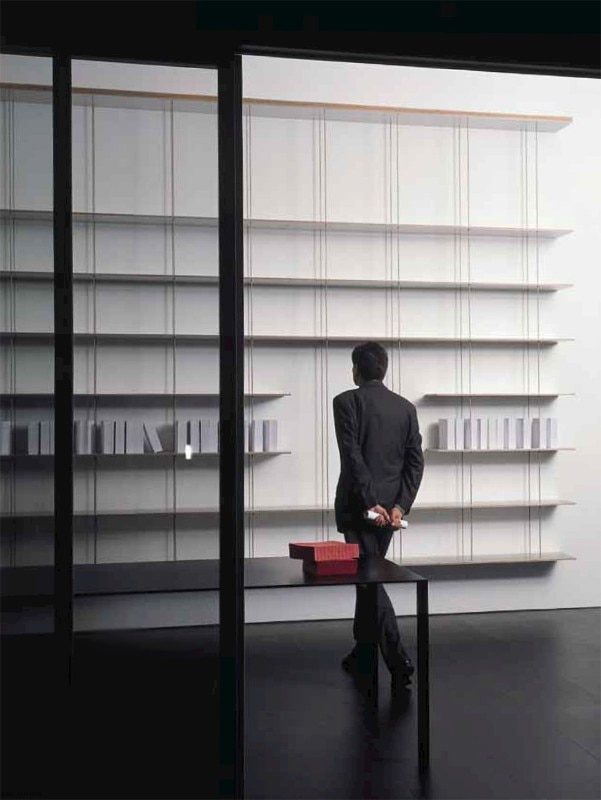
On every occasion, Jean Nouvel’s research keeps away from any codified style, let alone any past-oriented one: “...You shouldn’t need to redesign everything all the time, it’s design hysteria. When industrial design is directed towards so-called “style”, in the sense of fashion styling, it doesn’t interest me in the slightest”. It had already been the initial position of Nouvel’s path in architecture, alongside Claude Parent and Paul Virilio in the radical context of Architecture Principe, a a reflection that could not be any farther from formal issues: “We were not discussing architectural style, but the very foundation of the conditions of architecture” (My architect-designed furniture, Domus 1007, November 2016)
Picking up on those first steps that led him from his interest in painting towards similar, if not wider, possibilities in architecture, Nouvel has often explored the potential for expression of matter, for its interaction with living space, through product design, making it the funding principle of unique pieces such as the Triptyques of mirrors presented for Gagosian Gallery and Galerie Patrick Seguin in 2014. In introducing these pieces, the architect once epitomized the foundations of such design process we have been exploring so far, in an almost quintessential way: “The mirror is an element we want to live with, in which we reflect our most personal images, of us in our home; it is capable of capturing somewhere the glimpse of a window”.
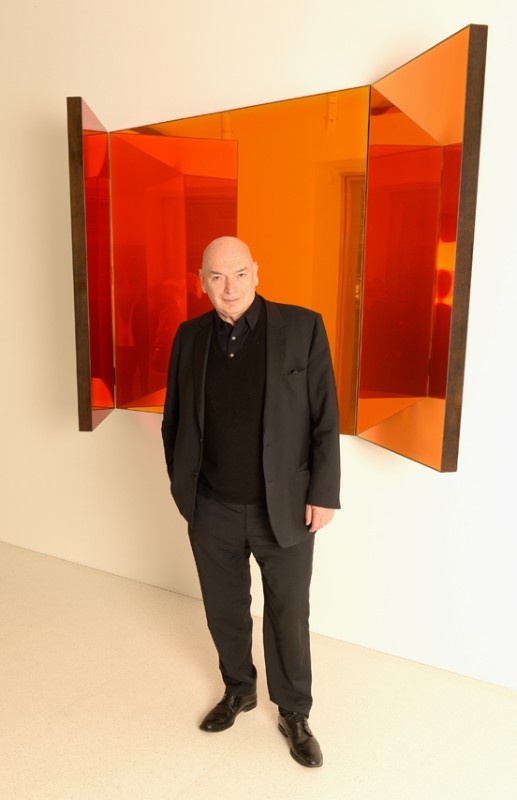
Openign image: Jean Nouvel with a mirror from the Triptyques collection, Gagosian Gallery, London, 2014.


